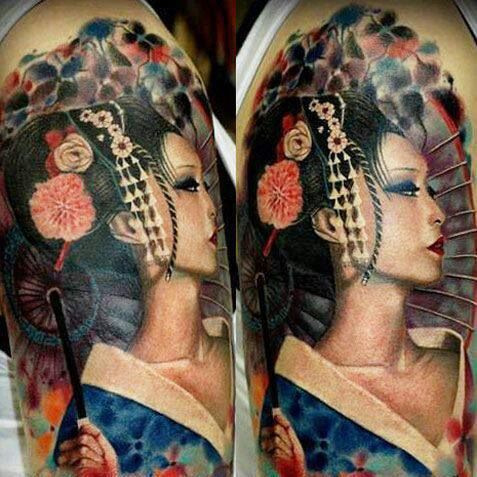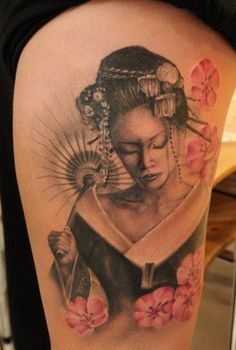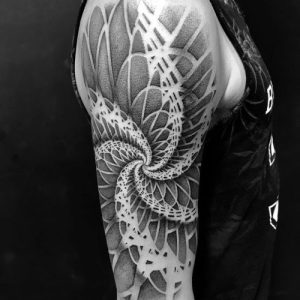
In ancient civilizations, the art of tattooing was a prominent form of self-expression and cultural identity. Women, in particular, adorned their bodies with intricate designs that symbolized their beliefs, status, and personal narratives.
These authentic tattoos not only enhanced their physical appearance but also served as a testament to their unique cultural heritage.
In this article, we will delve into the fascinating world of ancient women’s beauty through authentic tattoos, exploring their historical significance, symbolism, and enduring legacy.
The practice of tattooing dates back thousands of years, with evidence found in various ancient cultures across the globe.

Women played a significant role in the development of tattooing traditions, each culture bestowing its own meaning and purpose to the art form.
From the Maori women of New Zealand to the Ainu women of Japan, and the indigenous tribes of North and South America, ancient women’s tattoos were deeply rooted in their respective cultures.
Ancient women’s tattoos held profound symbolic meanings, often representing a woman’s passage through different stages of life or marking significant achievements.
For instance, in the ancient Egyptian civilization, women would adorn themselves with hieroglyphic symbols representing fertility, protection, and spiritual connection.
Similarly, in Polynesian cultures, women’s tattoos conveyed their genealogy, social status, and personal accomplishments.

The techniques and tools used in ancient women’s tattooing varied across cultures. Some civilizations employed primitive methods involving sharp bones or thorns, while others utilized more advanced tools such as bronze needles or ink made from natural pigments.
The tattoo artists, often revered members of their communities, possessed an intricate understanding of their craft and would apply the designs with precision and skill.
Ancient women’s tattoos were not merely decorative; they played a crucial role in cultural identity and community cohesion. In many societies, tattoos served as a visible marker of belonging, distinguishing one group from another.
They also acted as a means of storytelling, preserving traditions, and transmitting cultural knowledge from one generation to the next. The tattoos were a testament to the rich heritage and legacy of the women who wore them.

Thanks to archaeological discoveries and the meticulous work of historians and anthropologists, we have gained valuable insights into ancient women’s tattoos.
These discoveries allow us to appreciate and preserve the cultural significance of these authentic tattoos. Today, tattoo artists and enthusiasts continue to draw inspiration from ancient designs, adapting them to modern aesthetics while paying homage to the rich history behind them.
Ancient women’s tattoos were not mere ink on skin; they were powerful symbols of cultural identity, personal narratives, and community belonging.
These authentic tattoos showcased the beauty and resilience of women throughout history. As we delve into the intricate world of ancient women’s tattoos, we gain a deeper understanding and appreciation for the rich heritage they represent.

Let us celebrate the artistry and significance of these ancient tattoos and ensure their preservation for generations to come.






